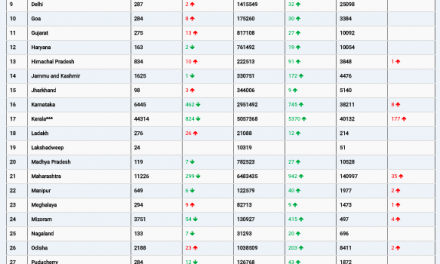Saudi Arabia’s King Faisal Specialist Hospital & Research Centre (KFSH&RC) has achieved a remarkable 98% survival rate in 400 robotic cardiac surgeries since launching its program in February 2019. This milestone underscores the hospital’s commitment to leveraging advanced technology for improved patient outcomes in cardiac care.
According to the hospital’s latest report, robotic-assisted surgeries have significantly enhanced recovery and reduced complications compared to traditional methods. Patients undergoing these procedures experienced fewer blood transfusions and shorter mechanical ventilation times. Moreover, the average length of hospital stay was halved, leading to a substantial 40% reduction in overall costs compared to conventional surgeries.
The scope of robotic interventions at KFSH&RC spans complex procedures including multi-valve operations and aortic valve replacements, even extending to high-risk patients such as minors, individuals with severe obesity, and those requiring repeat surgeries.
The surge in robotic surgical adoption reflects broader trends in healthcare innovation. Analysts from GlobalData estimate that the global surgical robotics market reached approximately $7.2 billion in 2033, driven by a robust 15.7% compound annual growth rate (CAGR). This growth is propelled by the increasing emphasis on value-based healthcare, which prioritizes enhanced surgical outcomes and cost-efficiency.
Recent advancements in surgical robotics include pioneering efforts in remote surgery enabled by 5G technology. For instance, Microbot Medical and Corewell Health are collaborating on developing telerobotics capabilities using the Liberty endovascular robotic surgical system. This innovation allows surgeries to be performed remotely, reducing geographical barriers and enhancing access to specialized care.
Looking ahead, Johnson & Johnson plans to submit its OTTAVA robotic surgical system for investigational device exemption (IDE) status with the US Food and Drug Administration (FDA) in late 2024. This move is expected to pave the way for clinical trials, further expanding the frontier of robotic-assisted procedures in healthcare.
In another stride, EndoQuest Robotics and OmniVision have joined forces to integrate advanced imaging technologies into surgical robots. Their partnership aims to incorporate OmniVision’s OCHFA CameraCubeChip image sensor into EndoQuest’s flexible robotic system, enhancing precision and visualization during complex surgical maneuvers.
The success of KFSH&RC in achieving a high survival rate with robotic cardiac surgeries underscores the transformative potential of robotic-assisted interventions in modern healthcare. As technological advancements continue to evolve, these innovations promise to redefine standards of care and expand treatment options for patients worldwide.











